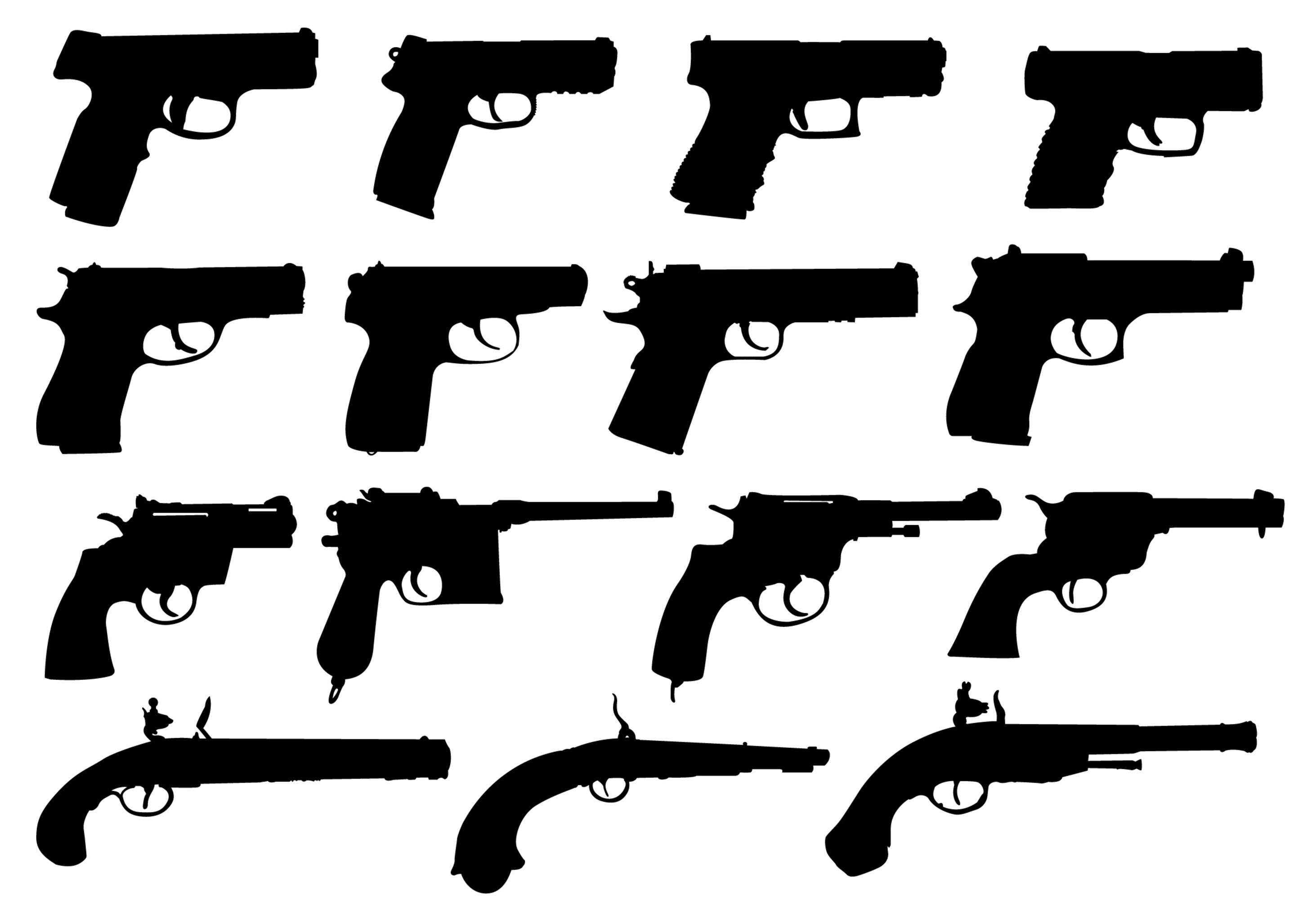Handguns 101: The Best Beginners Guide

Owning and operating a handgun is awesome. They are some of the best-utilized firearm for defense and safety. Whether you are a seasoned firearm owner or someone who is just beginning to shop firearms for sale, it’s important to understand the the different types of handguns and how to operate them. So here is a little crash course in handguns that you may find useful.
Different Types of Handguns
First, let’s take a look at some of the types of handguns that are currently on the market. Keep in mind that within each of these categories there are a variety of models to choose from.
Pistols
These have always been a very common type of handgun. The single-shot pistol dates back to the mid-1300s. Evolutions and modifications over the centuries have included double-barreled pistols, flare guns, and a wide variety of other handheld firearms.
Semi-Automatic Handguns
This is also referred to as a closed-bolt firing system. These handguns can be fired in rapid succession – generally as fast as the operator can pull the trigger.
Revolvers
This is another type of pistol that is classified by its revolving chambers. This chamber enables ammunition to cycle for rapid fire succession.
Derringers
These pistols are popular for their small size and their ability to be easily concealed. But that size also means the user sacrifices distance accuracy. Because derringers are designed with a large bore, they’re most effective at close range.
The Anatomy of A Handgun
Each of these handguns have roughly the same anatomy. There are some universal components that comprise nearly every handgun. Some of these include:
- Muzzle – this is the end of the barrel from which ammo exits the firearm.
- Barrel – this is the tube through which gas expands to propel the ammo from the firearm at high velocity.
- Frame – this is the part of the handgun that offers housing for the hammer and firing mechanism.
- Slide – this is found on semi-automatic handguns and moves during the operating cycle where the firing pin/striker is typically stored. It serves as the bolt of the firearm.
- Trigger Guard – this is the loop that surrounds the trigger protecting it from accidental discharge. It also serves as a resting place for a finger that should not be placed on the trigger.
- Trigger – the trigger is the starting mechanism that initiates the firing sequence of a handgun.
- Magazine (Chamber) – this is where ammunition is stored in the handgun.
- Grip – this is the point where the hand holds the firearm in a vertical orientation. For handguns, this is also the hand that would operate the firearm.
- Hammer – this is the place where the initial energy comes from to provide a source of energy to fire ammunition.
- Safety – this is the device that is intended to help prevent the accidental discharge or firing of your handgun.
Handgun Accessories
Handgun scopes can help target or competition shooters, while larger handgun magazines could benefit people looking to fire off more rounds in succession.
Uses For Handguns
While the components are similar, the uses for a handgun differ. Some of the common uses include self-defense, hunting, target shooting, or competitive shooting. Determining how you intend to use your handgun will help determine what type will be right for your purposes. It will also dictate what accessories you might need for your firearm.
Most law enforcement and service personnel have a handgun. Many people who cannot aim or handle the kick or recoil of high-caliber handguns or rifles use pistols for self-defense. Many hunters carry a pistol with them in case a dangerous animal comes too close. Handguns really are a universal firearm that nearly everyone can find a need or a use for.
Cleaning Your Firearm
For anyone new to owning or operating a handgun, it’s important to know how often to clean your firearm. Regular, proper cleaning of your firearm is a must to maintain optimal performance. After rigorous exercises shooting on the range or out in the field, it is a good idea to clean and detail your firearm to keep all of its components functioning properly. As at any other time when you’re handling a weapon, firearm safety should be top priority when cleaning your gun too. Handguns have four important safety rules:
- Treat every handgun like it is loaded
- Always point your handgun in a safe direction
- Keep your finger off the trigger until you are ready to fire
- Do not pull the trigger unless you know your target and what is beyond your target
Handguns at GrabAGun
Enjoy continuing to learn about your firearm, be safe, and have fun shooting. And if you’re looking for handguns or any type of firearms for sale, check out GrabAGun’s large selection of handguns for sale. Need help deciding which handgun to get? Click to learn more about the 5 best handguns at GrabAGun!
